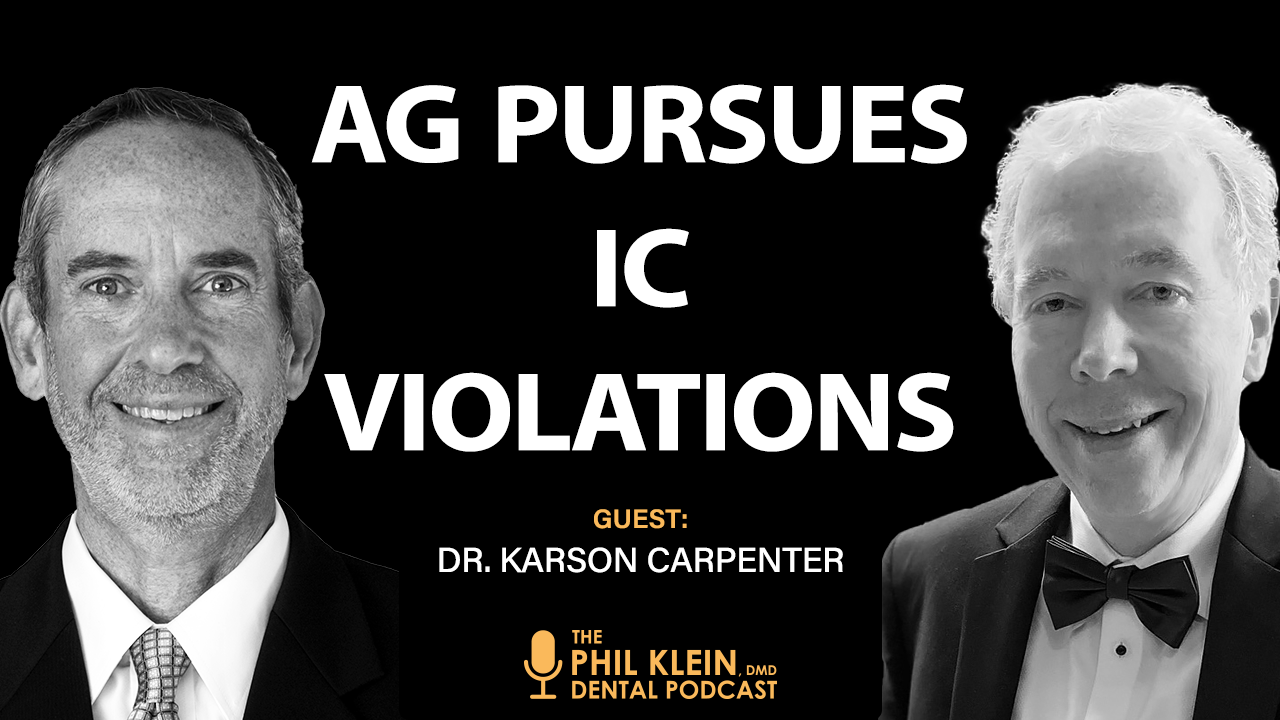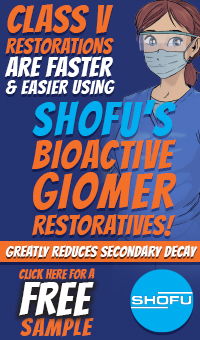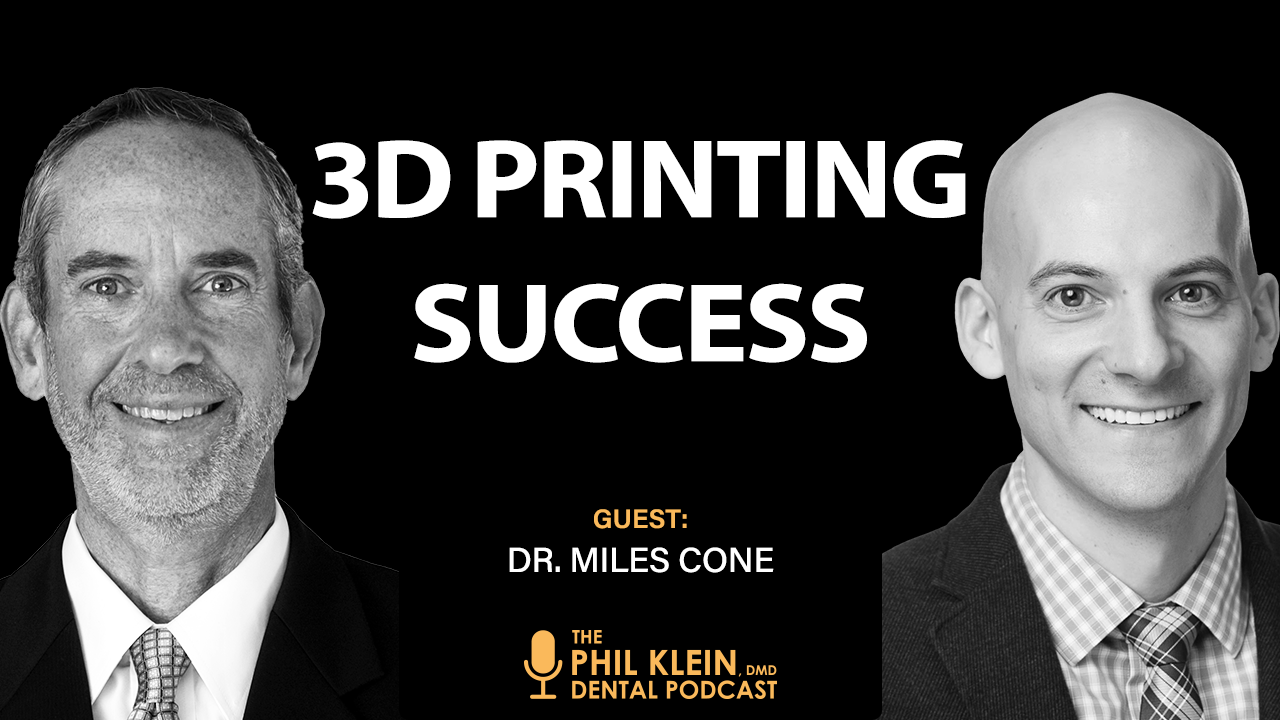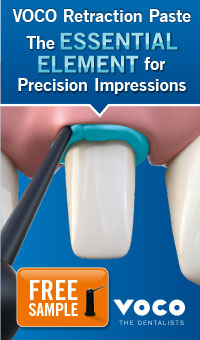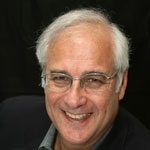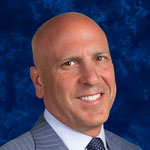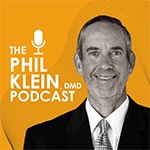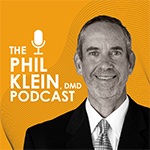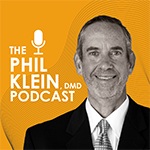This CE webinar explores the advanced radiographic evaluation and planning of zygomatic and pterygoid implants through the use of wide-frame CBCT imaging. With the evolution of extra-maxillary anchorage techniques, clinicians now have the ability to restore patients with severe maxillary atrophy without resorting to grafting. Understanding the unique anatomic and prosthetic considerations of these implant sites is essential to optimizing both safety and long-term success.
Participants will be guided through case examples highlighting how larger field-of-view CBCTs enhance visualization of critical structures such as the zygomatic buttress, pterygoid plates, and sinus boundaries. The discussion will include radiographic landmarks, implant trajectory planning, prosthetic emergence considerations, and risk management strategies for the posterior maxilla.
Zirconia and Lithium Disilicate are the 2 most popular current materials for crowns in the US. Although they can looks very similar with their excellent esthetic properties, the materials themselves require different pre-cementation protocols and materials. Understanding the proper way to treat each material before final cementation can effect the long term clinical performance. Additionally, because of the difference in the strength of each material there can be several "best" choices of cements that can be used. This CE webinar is created to discuss and demonstrate the materials, techniques and protocols specific to each material.
Part ten of the webinar series “Learning From Our Mistakes” will feature Dr. Standridge as he shares how clinical photography has transformed his orthodontic, airway-focused, and general dentistry practice. From improving patient education and treatment acceptance to streamlining documentation and communication, Dr. Standridge demonstrates how an intuitive, state-of-the-art, innovative digital dental camera makes high-quality dental photography easy and accessible for every team member. Discover how this intuitive, dental-specific camera can elevate your practice—turning photography into one of your most effective clinical and communication tools.
Dr. Standridge will share practical strategies for integrating photography into daily workflows, show real case examples, and explain how consistent, high-quality images enhance both clinical outcomes and patient trust.
As the demand for individualized and holistic oral care continues to grow, dental professionals must be prepared to address diverse patient preferences and questions surrounding fluoride. This engaging, evidence-based CE webinar explores the science behind remineralization and compares the efficacy of fluoride with emerging alternatives like calcium phosphate technologies, hydroxyapatite, and xylitol. Attendees will gain practical strategies to tailor care based on age, health status, caries risk, and patient concerns—while reinforcing the role of prevention in enamel health.
The only constant in dental materials is change! Technological and chemical innovations are offering impressive advancements. Today’s conventional composites offer clinicians two options: First, the esthetic traditional layering technique and second, the bulk-fill technique. The former being the choice for most restorations in the anterior smile zone and the latter, often selected for the posterior regions of the mouth. While bulk-fill materials typically are deep-curing, time saving and offer clinical efficiency, they too often lack the esthetic properties required for beautiful esthetically demanding anterior restorations. For this reason, most clinicians have a second composite system in office that is designed to be placed in two-millimeter increments and will sometimes require a variety of shades to meet the esthetic demands. A new next-generation of resin composites is emerging. One that offers you the clinical efficiency of a bulk-fill, with an easy cluster shade-matching protocol and phenomenal esthetics! With outstanding, non-sticky handling and excellent polishability, perhaps now you only need one class of material for all of your restorative needs. At the conclusion of the CE webinar the attendees will have a clearer understanding of the clinical impact that this new chemistry and technology can have on their everyday restorative dentistry. More importantly, the attendees can evaluate if these evolutions may have a place in their own clinical practice.
Digital technology has made another advancement, allowing clinicians to explore the role of mandibular jaw motion tracking in enhancing digital aesthetic and restorative workflows. Participants will learn how motion tracking technology functions as a virtual articulator, enabling more precise treatment planning and predictable outcomes. Clinical case examples will illustrate how integrating jaw movement data with intraoral scanning and CAD/CAM systems supports accurate smile design, functional restorations, and improved patient care.
Take your patient care to the next level by incorporating materials that do more than just ‘fill’ or ‘seal’ teeth. Hydrophilic, bulk-fill, biomimetic, desensitizing, remineralizing. The chemical and physical properties of glass ionomer restoratives make them an ideal dental material choice. For clinicians that are either new to glass restoratives or looking to expand their use of these materials, the wide array of products can sometimes create confusion. Dr. MacLean will use case studies to demonstrate how she utilizes different materials to achieve clinical success. Learn how glass ionomer cement sealants can do more than just provide a physical barrier from plaque on pits and fissures, they are hydrophilic, can be placed on partially erupted molars, and act as a fluoride reservoir that helps to prevent caries and enhance remineralization. Glass hybrid restoratives help to reduce post-op sensitivity, reduce recurrent caries, improve outcomes, and have enhanced physical properties for long-lasting durability and esthetics. Dental materials are evolving and so should you!
Indirect restorative dentistry involves many details that can significantly affect the final outcome, with preparation and temporization often being overlooked. In this CE webinar, we will cover how to properly fabricate ideal crowns, bridges, and veneers using advanced provisional materials, while also addressing the critical role of temporary cements. We’ll discuss how cement selection impacts retention, sensitivity, marginal seal, and esthetics, and provide guidance on choosing the right cement for different clinical situations to ensure predictable, successful results.
Periodontal remission represents a new clinical benchmark for long-term stability. This evidence-based CE webinar empowers dental professionals to integrate precision assessment, inflammation control, and patient-centered home-care strategies to manage periodontally involved patients effectively. Participants will examine the current understanding of the oral microbiome, explore innovative technologies for diagnosis and monitoring, and learn how to personalize care protocols that promote measurable clinical improvement and sustained remission.
It seems so easy doesn’t it? Yet most people struggle with one or more aspects of direct composites. In this CE webinar, join us as we break down the common areas that we struggle with and explain simple solutions to those problems.
Part two of this two-part CE webinar series addresses the critical phases of implementation and evaluation in the dental hygiene process of care. Participants will explore advanced practices for clinical applications, examine the integration of cutting-edge technologies, and learn how to enhance patient-centered outcomes. Workflow optimization strategies specific to these stages will also be highlighted, focusing on increasing operational effectiveness and clinical efficiency. This course encourages the adoption of continuous innovation and professional growth, inspiring attendees to apply advanced strategies that elevate their practice and open new professional opportunities. An in-depth review of relevant CDT codes is included to ensure accurate billing and financial success. While tailored for dental hygienists, this course provides dentists with actionable insights to better guide and support the hygienists on their teams, fostering a more cohesive and productive practice environment.
On the surface, you might wonder what dentistry and aviation have in common. Dr. Rene Ghotanian, who is both an implantologist and certified pilot, will take you from pre-flight checklists to successful case outcomes which demonstrate how these fields share parallels in rigorous safety protocols, advanced technological adoption for precision and improved patient outcomes, and a focus on continuous innovation to enhance patient experience and treatment effectiveness.
Composite restorations are the foundation of modern dentistry, but achieving consistent esthetics, strength, and efficiency remains a daily challenge. This one-hour CE webinar will explore the science behind bulk universal composites and provide practical clinical techniques for anterior and posterior restorations. Participants will gain confidence in handling, shade selection, and finishing strategies to maximize outcomes and efficiency in practice.
This CE webinar will guide clinicians through a modern, evidence-based approach to creating beautiful composite veneers using the injection molding technique. Participants will learn how to integrate digital smile design into their workflow to plan esthetic outcomes with intention and accuracy. The webinar will cover case selection, template fabrication, material handling, and step-by-step clinical execution to ensure highly esthetic, minimally invasive results. Dr. Melissa Seibert will also discuss the evolving category of injectable composites - clarifying their indications, advantages, and limitations - to help clinicians make confident material and technique choices that elevate their esthetic dentistry.
Unsightly congenital enamel defects from molar incisor hypomineralization (MIH) and trauma can be troublesome for many patients. Historically, these blemishes have been treated with invasive and costly resin bondings and veneers. Dealing with enamel defects can prove particularly troublesome for young patients, which when left untreated, often become a source of embarrassment for the patient. This CE webinar will review tips and tricks to manage these enamel defects with resin infiltration. This noninvasive approach can improve or even completely reverse the appearance of congenital enamel defects while preserving tooth structure and repairing the patient’s natural enamel.
Zirconia has established itself as one of the most versatile and reliable materials in contemporary restorative dentistry. With advancements in CAD/CAM technology and speed-sintering protocols, zirconia restorations have become more efficient and predictable than ever before - particularly for implant-supported prosthetics. This evidence-based CE webinar will explore the expanding role of zirconia in modern chairside dentistry, with a special focus on restoring dental implants using the long-awaited hybrid zirconia implant abutment block. This innovative material offers unprecedented versatility, enabling clinicians to design and fabricate either screw-retained or cement-retained implant restorations from a single block.
Participants will gain practical insight into clinical case selection, optimal preparation design, and strategies to streamline the zirconia workflow—from digital impression to finishing and delivery. Emphasis will also be placed on bonding and cementation protocols critical to the long-term success of zirconia restorations. You won’t want to miss Dr. Dhaval Patel share his experience and knowledge!
Achieving profound local anesthesia is one of the most critical—and sometimes most challenging—steps in clinical dentistry. This dynamic, multimedia CE webinar provides an up-to-date review of local anesthetic agents and techniques in 2025, with a focus on three practical approaches to make achieving profound anesthesia more consistent and efficient. Participants will gain valuable insights into recognizing and minimizing anesthetic challenges, improving safety and patient comfort, and enhancing the overall clinical experience.
Many general dentists associate silver diamine fluoride with pediatric or geriatric patients, where caries arrest outweighs esthetic concerns. Dentists, especially in esthetically focused practices, dismiss SDF as incompatible with their treatment goals. But this view is outdated. In this CE webinar, we will review how proper case selection and clinical integration make SDF not only compatible with general dentistry but also a powerful diagnostic and disease stabilizing tool. Learn how incorporating SDF can elevate patient care, improve outcomes, and strengthen your practice’s business model—without sacrificing esthetics.
This CE webinar will focus on the clinical use of bioactive composites, emphasizing bonding, and placement strategies that lead to predictable restorative outcomes. Attendees will review current evidence on bioactive materials, explore step-by-step bonding protocols, and learn practical placement techniques designed to improve efficiency and long-term success. The webinar will also address common clinical challenges and provide solutions that can be implemented immediately in everyday practice.
This CE webinar provides a comprehensive overview of dental trauma in children. It covers the various types of injuries affecting primary and immature permanent teeth. A clear, systematic approach to diagnosis and treatment will be presented, along with practical tips for effective behavior management and setting realistic expectations with concerned parents.
This CE webinar is about real dentistry for real patients by a real dentist! Dr. Glazer will present a potpourri of materials and techniques for patients that present with caries and broken teeth that will make your day at the office easier and more productive. The webinar will focus on adhesive restorations and crown and bridge solutions. He will discuss what’s tried and true, and what’s new. Learning about the latest products will benefit you and your patients with materials that are faster, easier, and better for you and your patients. Dr. Glazer, international lecturer and author, writes a bi-monthly column, “I Have It…You Need It!” in Dental Economics magazine where he reviews new products and materials.
The world of chairside dentistry is evolving fast - with new materials entering the market at a rapid pace, choosing the right solution for your practice can be overwhelming. Strength and Beauty² is a dynamic webinar that dives into today’s leading materials for chairside restorations, focusing on achieving both exceptional esthetics and durability. In this CE webinar, join us as we take a closer look at the standout properties of IPS e.max ZirCAD Prime, and how its strength and beauty are helping clinicians create efficient, predictable, and stunning results. This webinar will walk you through proven workflows that simplify integration into your daily practice and empower your entire team to get on board with confidence.
Whether you're a seasoned CAD/CAM user or just exploring options, this CE webinar will give you the insight and confidence to make informed material choices that benefit both your patients and your practice.
As dentistry continues to evolve, advances in surgical equipment and long term management are improving the way implant workflows are executed. This CE webinar will review new solutions in surgical equipment and non-surgical implant management that improve efficiency, outcomes, and overhead.
Dental utility rooms play a vital role in maintaining infection control standards. The air compressor generates air for handpieces in dental procedures, while the dental unit provides water for general dental procedures. Meanwhile, the high-volume evacuation and central vacuum removes water, aerosols, airborne pathogens and particulates from the operatory field, and aerosols from the operatory. This CE webinar will address the “heart and lungs” of the dental clinic (compressor and vacuum) and how to best ensure that clean hygienic air and clean water is delivered and effectively removed during dental care.
In this one-hour CE webinar, Dr. Karson Carpenter, president of Compliance Training Partners, will review actual OSHA inspection cases that he and his technical team have been involved with in the last 12 months. The webinar will show actual citations and how the inspection progressed from notification of inspection to onsite visit, receipt of fine, and resolution.
This CE webinar explores step by step planning and workflow designed to maximize the longevity of indirect cosmetic restorations. From diagnosis to photography communication with the ceramist, as well as, isolation, bonding protocols to the final delivery, each phase plays a crucial role in creating restorations that stand the test of time. Learn how to integrate clinical precision with modern techniques to endure predicable and durable outcomes for the patient.
Elevate your cases by learning how to treatment plan utilizing clear aligners and digitally designed custom composite veneers. You will easily take on cases that may have seemed intimidating in the past. Amazing, conservative transformations await at the end of a digital workflow specially designed to simplify the once challenging procedure of direct composite veneers. In this CE webinar, you will learn how to make your day go smoother and have your patients singing your praises.
In this CE webinar, Dr. Brown will show and explain clinical cases which illustrate direct composite restorations on anterior teeth using two primary techniques: the polychromatic layering techniques to achieve ultimate esthetics as well as the newer and more simplified single shade composite system techniques.
Part one of this two-part CE webinar series focuses on the foundational phases of the dental hygiene process of care—assessment, diagnosis, and planning. Participants will explore the essential components of each step, revisit traditional practices, and uncover opportunities for enhancement. A dedicated section on workflows provides practical strategies to streamline these phases, leveraging innovative technologies and tools to improve efficiency, accuracy, and patient outcomes. A review of relevant CDT codes ensures precise documentation and supports improved profitability. While designed primarily for dental hygienists, this series also offers valuable insights for dentists seeking to support and maximize the performance of their hygiene teams.









